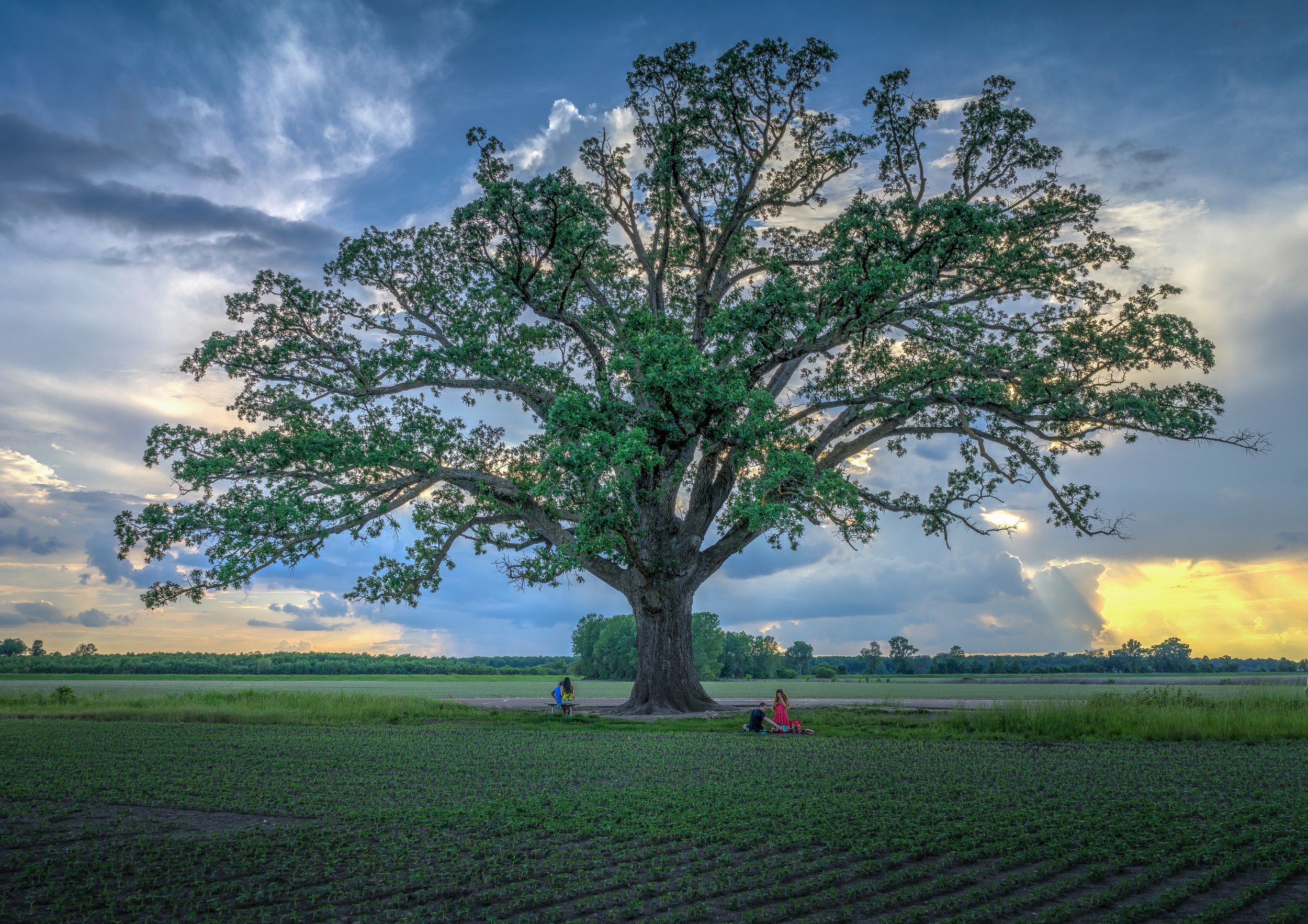
Latest Articles
On January 13, 1816 the Missouri Territory General Assembly passed a law creating Howard County. Larger than Switzerland in area, it included all of the land that is now Columbia and even parts of the future state of Iowa. It was still five years before the Missouri Territory would gain statehood in 1821, but in the 1810s, pioneers from Kentucky, Virginia, and Tennessee settled en masse over an area of Mid-Missouri they called the Boonslick. The area was named after a salty natural spring that was used, beginning in 1805, by the sons of Kentuckian-Missourian frontiersman Daniel Boone to manufacture salt, a vital resource on the frontier.
On January 7, 1949, the Associated Press reported that four Columbia men had been sentenced by the Boone County Circuit Court for “homosexual activities.” A fifth man, Emery Kennedy Johnston, had already been sentenced. E.K. Johnston, a professor who had been acting dean of the Missouri School of Journalism, was charged with being the leader of a “homosexual ring” based out of his home in the Frederick Apartments on University Avenue.
On February 6, 1882, the Columbia Milling Company was incorporated with General Odon Guitar as president. Agriculture was the main business in Columbia and Mid-Missouri for most of their early history. Grist mills and grain elevators were an important business in Columbia and the surrounding farms would bring corn and wheat to be ground into flour. Many of the early grist mills were along creeks and powered by water. Grindstone Creek is named after the rock outcrops along its course that were used to carve grindstones for the mills.
On February 5, 1929, the First Christian Church in downtown Columbia opened up bids for the construction of a new educational building adjacent to their church building on 10th street. Eugene Groves, a Denver based architect designed the building and the corner stone was laid on May 5, 1929 and it was completed and dedicated on December 8, that same year. The congregation would later name the building after church leaders Dr. Clarence E. Lemmon and his wife. In 1991, First Christian Church was placed on the National Register of Historic Places.
On February 4, 1929 the Columbia Missourian reported on a meeting of University of Missouri athletic officials to discuss the urgent need for a field house. Rothwell Gymnasium (1906) and McKee Gymnasium (1922) were at capacity and the growing university needed a larger area, especially for basketball. Plans moved quickly and on February 8, 1930, Brewer Fieldhouse was dedicated during a MU vs. KU basketball game attended by 4,500 people. The fieldhouse was named in honor of Chester Brewer, who served at different times as athletic director, and as head coach of football, basketball, and baseball.
On February 3, 1862, an order was issued by the Union Army requiring the president, professors, curators, and other officers of the University of Missouri take an oath of allegiance to Missouri and the Federal Government. Major General Hallack’s order stated that “this institution having been endowed by the government of the United States, its funds should not be used to teach treason or to instruct traitors.” Refusal was allowed, but if those named “shall thereafter attempt to obtain pay, or perform the functions of such office, he will be tried and punished for military offense.”







On January 9th, 1892, the greatest catastrophe to ever transpire in Columbia occurred when an extraordinary fire at the University of Missouri consumed Academic Hall. Far more than a building was lost, but through heroic effort, a few artifacts were saved. The disaster nearly resulted in the university moving from Columbia. Instead, a renaissance occurred through the leadership of a few men, and an act of profound historic preservation gifted the school and city their most iconic symbol.